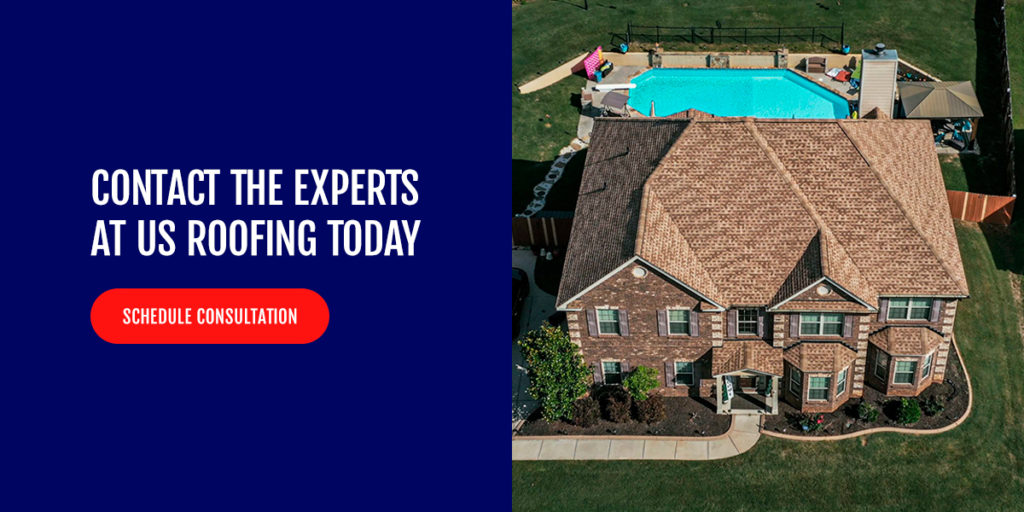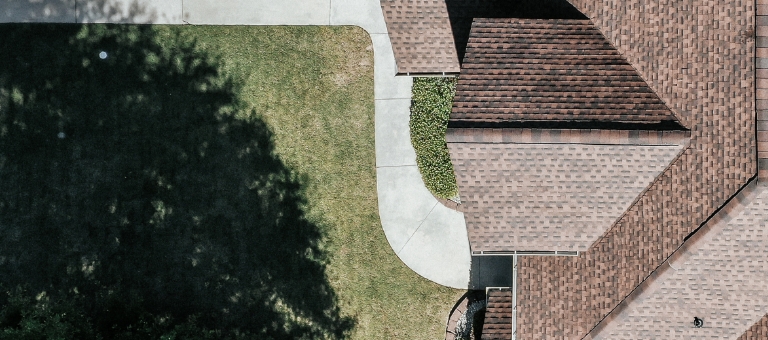Common Roofing DIY Mistakes
Property owners sometimes try to save money by attempting to complete a roofing project independently, only to have their efforts backfire because of their limited knowledge of the trade. For inexperienced roofers, mistakes lead to higher costs when a professional contractor has to fix them later. The best way to save money is by hiring an experienced roofer to ensure they do the job right the first time.7 Common DIY Mistakes During Roofing Projects
Roofing is a skill that takes many years to master. Even the most comprehensive DIY videos fail to impart the experience and knowledge needed to handle everything you might encounter during a project. Below are seven of the most common roofing mistakes do-it-yourselfers make when trying to tackle a roofing project on their own:- Not removing old shingles: Although it seems like it might save time, placing new shingles on top of old ones can lead to significant problems, like moisture and dirt building up in crevices. Buildup in these air pockets causes fast deterioration and leads to hefty repair bills.
- Reusing old flashing: Flashing’s main job is redirecting water to prevent damage and leaks. Even if old flashing appears functional, its integrity could be compromised, leading to sealant exposure and water seeping between cracks.
- Incorrect nail length: Various shingle types require different nail lengths. If you use the wrong nail, the shingle will not fasten securely, significantly reducing your roof’s life span.
- Improper nail placement: Nail placement is vital to a functional roofing system. Placing nails under the top layer of the shingle is critical because it prevents corrosion that could cause the whole installation to deteriorate. In addition, when you overdrive a nail, you risk the shingle loosening and eventually blowing off your roof.
- Poor ventilation: One of the top problems for premature roof failure is improper attic ventilation. Without the correct airflow, your attic will become too hot, leading to insulation and roof damage.
- Lack of safety: Amateur roofers often lack the safety equipment and knowledge to complete a project safely. Improper safety procedures can cause damage to your property and, more significantly, health risks for the person performing the job.
- Ignoring permits: Many municipalities require permits to ensure regulatory compliance and that your new roof will be safe. Not having the proper paperwork can lead to fines and lengthy project delays.




